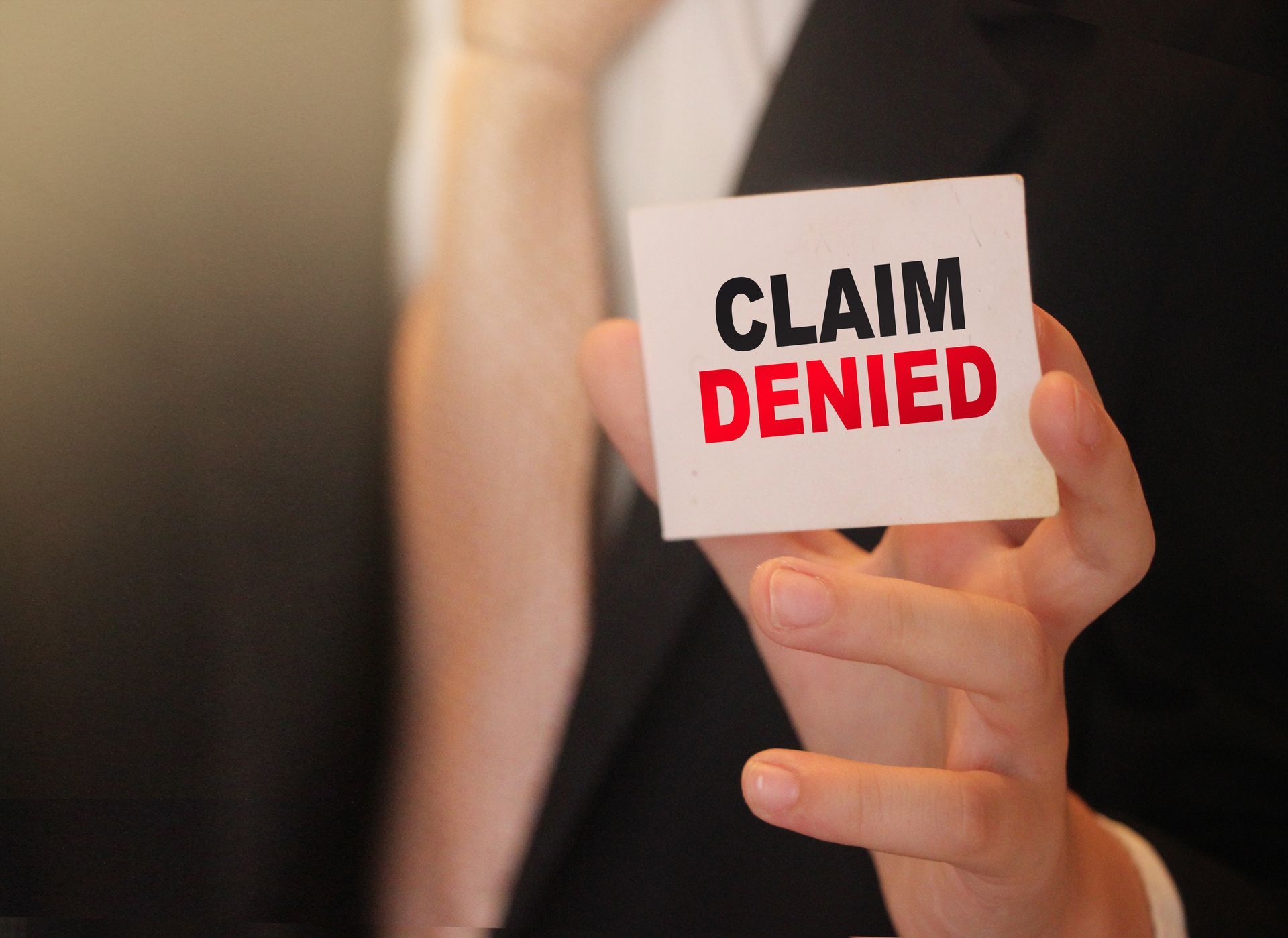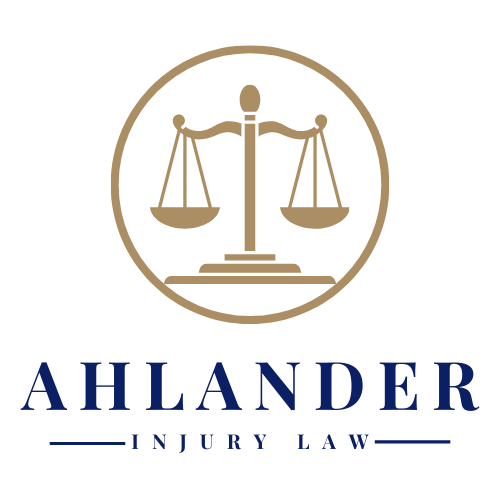Employer Guide: Safety Practices and Legal Obligations
Employers have a responsibility to create a safe and healthy work environment for their employees. Ensuring workplace safety not only protects workers from accidents and injuries but also helps businesses comply with legal regulations. By understanding and implementing effective safety practices, employers can reduce risks, avoid legal issues, and promote a positive and productive workplace culture.
Understanding OSHA Regulations and Their Impact on Workplace Safety
The Occupational Safety and Health Administration (OSHA), a critical segment under the United States Department of Labor, plays a pivotal role in ensuring that industries adhere to established safety standards. These regulations are designed to minimize the risks of workplace injuries and illnesses, proving essential across various sectors. OSHA’s detailed guidelines offer a comprehensive blueprint for maintaining a safe working environment, tailored to the unique demands of each industry.
One of the key responsibilities of employers is to keep their workplace safety policies in strict alignment with OSHA regulations. This commitment entails a periodic review and update of internal safety protocols to mirror any changes in OSHA standards. Failure to do so can result in not only heightened risks of accidents and health issues among employees but also substantial fines and penalties for non-compliance.
OSHA consultations offer a valuable resource for employers, aimed at reinforcing workplace safety without the pressure of enforcement actions. Through these consultations, businesses can receive guidance on how to effectively identify and mitigate potential hazards in their operations. This proactive approach helps in crafting a safety-first culture within organizations, significantly reducing the likelihood of workplace incidents.
Understanding common OSHA violations is crucial for employers striving to maintain a compliant and safe work environment. Some frequent issues include lack of proper fall protection in construction, inadequate communication regarding hazardous materials, and failure to provide necessary respiratory protection. By recognizing these potential pitfalls, employers can take specific actions to rectify and prevent such oversights, thereby safeguarding their employees and avoiding regulatory penalties.
Employers and safety officials are encouraged to utilize the vast array of resources available through
OSHA’s official website. This platform offers an abundance of guidelines and tools designed to assist in the development and implementation of effective workplace safety measures. The commitment to understanding and applying OSHA standards is not just a regulatory requisite but a fundamental aspect of fostering a secure and health-conscious work environment, benefiting both employers and employees alike.
Ensuring workplace safety is a dynamic and continuous process that requires a thorough understanding of OSHA regulations and a dedicated effort to comply with them. By prioritizing the well-being of their workforce through adherence to these standards, employers can create a safer, more productive workplace for everyone involved.
Empowering Employees Through Comprehensive Training Programs
Integral to any robust workplace safety protocol is the implementation of comprehensive training programs. The significance of these programs extends beyond mere regulatory compliance; they are foundational in injury prevention and the cultivation of a safety-aware culture within the workplace. Effective training programs are multi-faceted, encompassing both general safety training that applies universally across the organization and job-specific training tailored to the unique hazards and procedures of different roles.
General
safety training lays the groundwork for understanding workplace hazards, emergency procedures, and the use of protective equipment. Meanwhile, job-specific training dives deeper, addressing the specific risks associated with particular tasks and providing detailed instructions on safe operation practices. The blend of these training approaches ensures a well-rounded safety education for employees, significantly reducing the incidence of workplace accidents and injuries.
Incorporating emergency response training further bolsters an organization's safety preparedness. This specialized training equips employees with the knowledge and skills to effectively respond to unexpected incidents, from medical emergencies to natural disasters. The benefits are manifold, including minimized injury impacts and a more orderly evacuation or response process when seconds count.
Technological advancements and online resources have revolutionized the delivery of safety training, making it more accessible and engaging. Through interactive online courses, videos, and virtual simulations, employees can receive hands-on training experiences that reinforce learning and retention of safety practices.
Cultivating a Culture of Safety Beyond Compliance
A truly safe workplace extends beyond adherence to regulations; it requires the cultivation of a culture that prioritizes safety at every level. Leadership plays a critical role in this endeavor by setting a precedent for safety-first attitudes and behaviors. When management actively promotes safety, it encourages employees to do the same, fostering an environment where every individual feels responsible for maintaining a safe workspace.
Open communication is another cornerstone of a strong safety culture. Encouraging employees to voice safety concerns and report incidents or near misses without fear of retaliation leads to a more proactive approach to hazard identification and resolution. By treating these reports as opportunities for improvement rather than faults or failures, organizations can significantly enhance their safety protocols.
Recognizing and rewarding safe behavior reinforces the desired mindset and actions among the workforce. Whether through formal recognition programs, incentives, or simple acknowledgment, appreciating employees’ commitment to safety motivates others to follow suit. Implementing a continuous improvement process ensures that safety protocols evolve in line with new insights, technologies, and regulations, keeping the organization at the forefront of workplace safety.
In sum, developing comprehensive training programs and fostering a culture of safety are indispensable to creating a secure, productive work environment. Through dedicated efforts in these areas, employers can protect their most valuable asset—their employees—while simultaneously enhancing operational efficiency.
Ensuring Continuous Safety through Regular Maintenance and Safety Audits
Routine maintenance and regular safety audits are critical components of a comprehensive workplace safety strategy. Regular checks and maintenance of machinery and equipment not only ensure their optimal operation but also significantly reduce the risk of accidents that can lead to severe injuries. Safety audits, conducted at periodic intervals, provide a structured process for identifying potential hazards and assessing the effectiveness of current safety measures. These audits enable organizations to address vulnerabilities proactively, rather than reacting to incidents after they occur. Engaging external safety consultants during these audits can offer fresh perspectives on safety standards, helping businesses achieve and maintain high levels of safety in their operations.
Addressing Mental Health and Its Impact on Workplace Safety
The relationship between mental health and workplace safety is increasingly recognized as an important concern. Mental health issues can affect an employee's concentration, decision-making, and overall productivity, which, in turn, can increase the risk of accidents. Employers have a responsibility to support the mental well-being of their employees by creating an environment that recognizes and addresses these challenges. Strategies for providing mental health support may include offering access to counseling services, promoting work-life balance, and implementing programs designed to reduce stress in the workplace. By acknowledging and actively supporting mental health, employers can not only enhance the safety of their workplace but also improve the overall well-being and satisfaction of their employees.
Legal and Financial Repercussions of Neglecting Worker Safety
Employers who fail to prioritize workplace safety may face significant legal and financial consequences. Case studies have shown that accidents resulting from inadequate safety measures can lead to costly lawsuits, increased workers' compensation claims, and higher insurance premiums. Serious accidents can damage a company's reputation, affecting its ability to attract and retain skilled workers. It's crucial for employers to understand that investing in safety is not just a legal obligation but also an investment in their company's long-term viability and success. Adhering to safety standards and regulations, such as those set by OSHA, can mitigate these legal risks and contribute to a more positive and productive work environment. The third part of our series underscores the importance of regular maintenance and safety audits, the need to address mental health in the context of workplace safety, and the legal and financial implications of neglecting worker safety.
By taking these areas into account, employers can create a safer, healthier, and more engaging work environment for their employees. The commitment to safety is a continuous journey that requires diligence, consideration, and adaptation to new challenges and regulations.
At SafetyFirst Solutions, we're committed to helping you achieve the highest standards of workplace safety. Contact Ahlander Injury Law today, to learn more about their custom safety solutions.





